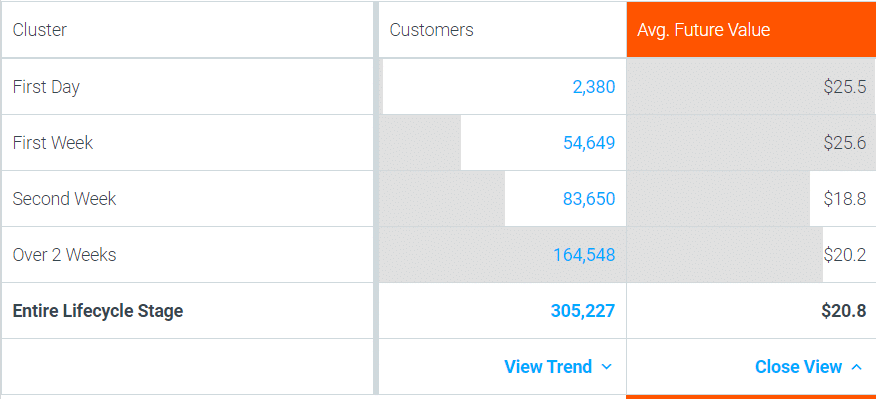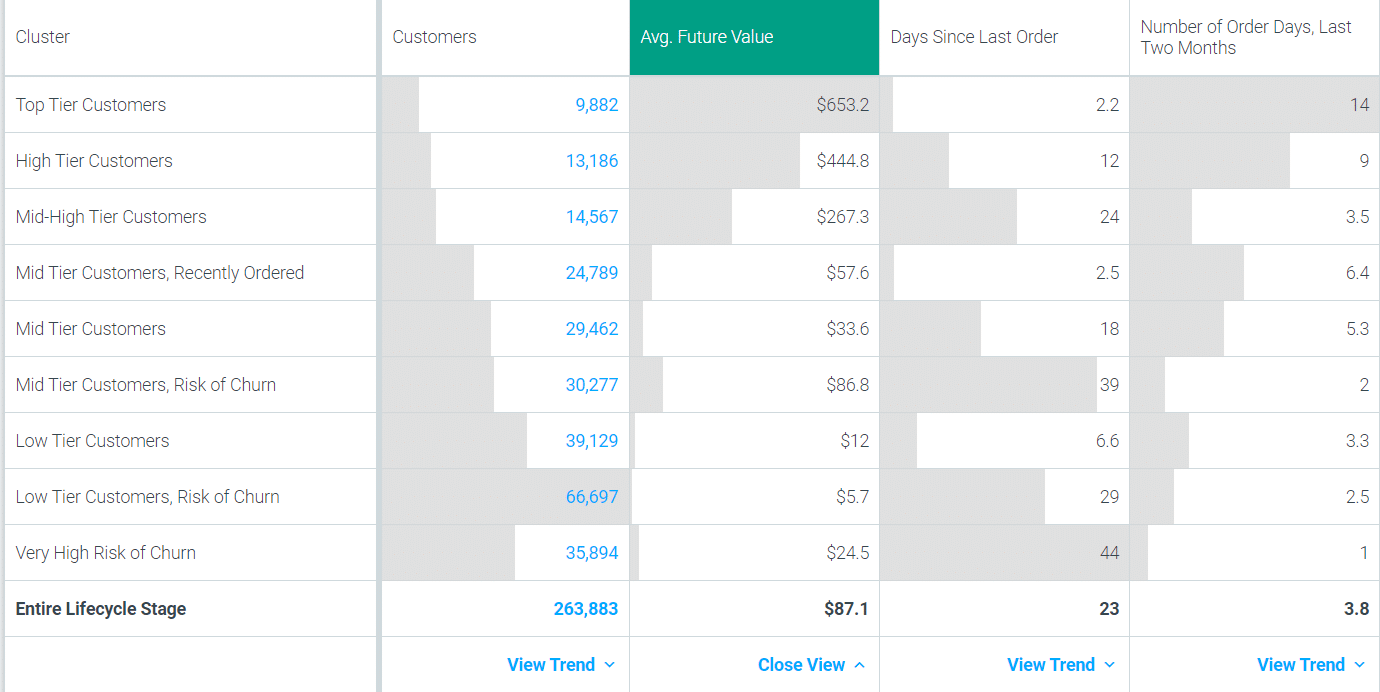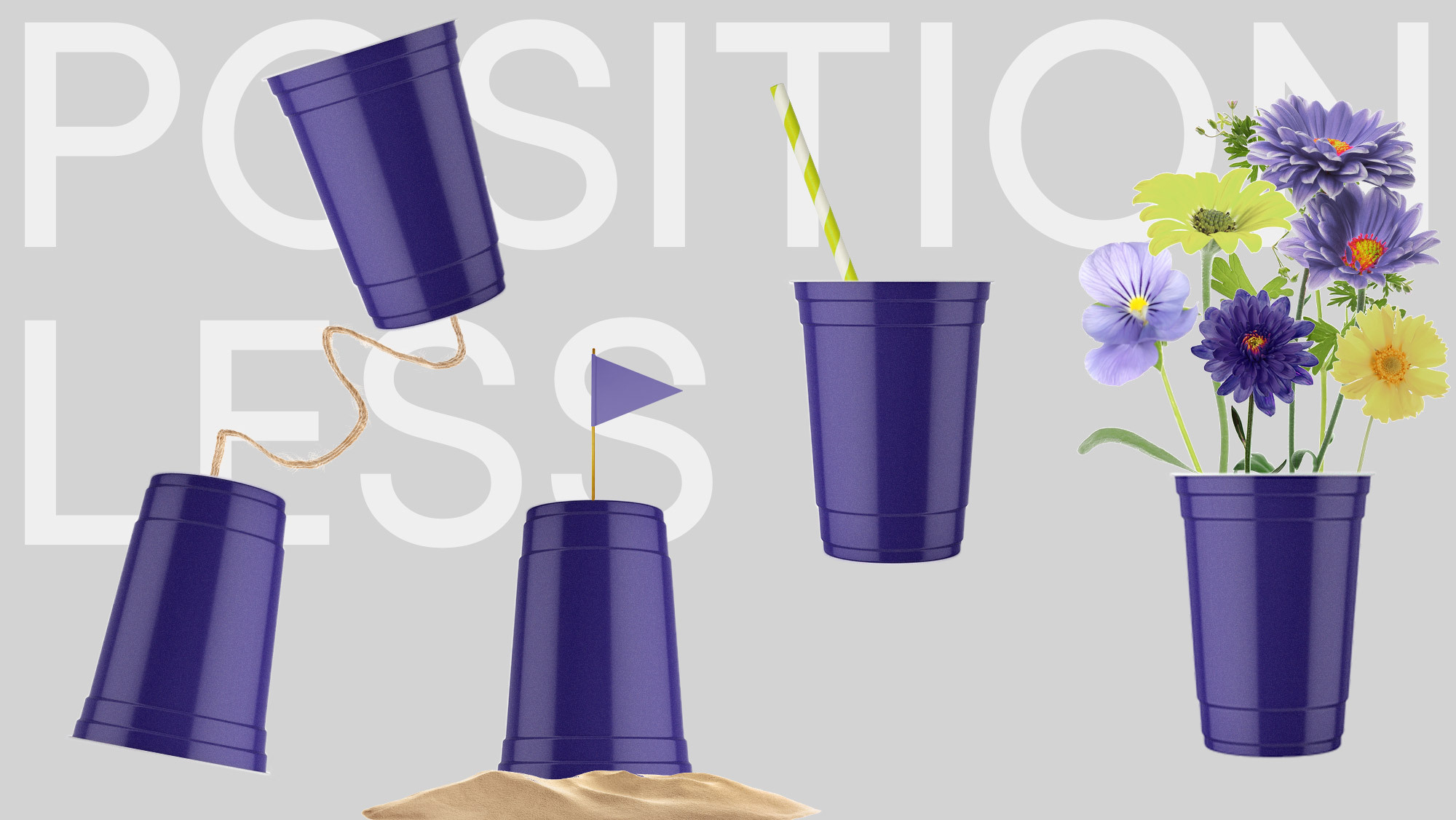
AI and the Retail Marketer’s Future
How AI transforms strategy and processes, driving the adoption of Positionless Marketing
Exclusive Forrester Report on AI in Marketing

Welcome to the second part (of three) of this mini-series about the beauty of customer segmentation. And if it sounds geeky, it's cause it totally is.
In the first part, we displayed how the combination of offline and online data gives you the ability to maximize your brand's marketing efficiency. Today we'll discuss the influence of rule-based and cluster-based segmentation on your marketing efforts.
A key enabler of personalization is customer segmentation. However, segmenting your customers into different groups that drive growth and improve customer lifetime value requires skill.
To understand which customer attributes are worth segmenting your customers by, a data scientist will have to analyze your data, understand your customers' behaviors, and calculate how each attribute predicts customer's future value.
Once the valuable attributes have been discovered, there are a few different approaches you can take to segmenting your customers, including a static, descriptive, rule-based segmentation approach and a cluster-based (k-means) segmentation approach.
Today, we'll dive deeper into the difference between the two approaches and the advantages and disadvantages of each.
Rule-based segmentation is a simple methodology whereby you would identify an attribute you'd want to segment your customers by and set different thresholds to determine what cluster each customer should be a part of.
For example, if you want to categorize your customers based on the number of days since their first order, it would look like this:

Segmenting your customers in this way doesn't require a lot of skill. It's intuitive and allows you to apply specific business logic to each segment for an easier way to keep track of specific KPIs. It also allows you to monitor trends over time by identifying how many customers you have in every group.
The downside, however, is that it's static and hard to add additional attributes to. So, the approach is typically two-dimensional and requires a lot of maintenance to keep up-to-date when customers' behaviors change, causing the segmentation thresholds to be irrelevant.
In contrast to rule-based segmentation, cluster-based segmentation doesn't assign predetermined thresholds to divide customers. Rather, it identifies the optimal way to divide customers to create as homogenous segments as possible within themselves. Yet as different as possible from one another – by applying a K-means algorithm.
At Optimove, this algorithm is run daily to allow the thresholds dividing customers from one another to adapt depending on the current customer behavior and trends.
For example, in your early days, the top tier customers may have been those who spend over $100. But, as customers become more familiar with your brand, those who spend $100 today may actually be your mid-tier customers while your high-ptier customers are spending a lot more.
As a result, these segments would look more like this:

Achieving a cluster-based analysis can unlock a lot of insight hidden in your data. The algorithm can create groups of customers you didn't even know existed without running endless queries on your data to assess the ideal customer distribution.
Furthermore, while rule-based segmentation divides customers based on one attribute, cluster-based segmentation can easily divide customers to different segments using two or more attributes, allowing for greater personalization and exposing valuable insights. The disadvantage, in this case, is that it's harder to create and maintain without a knowledgeable data scientist.
While rule-based segmentation doesn't require a high level of sophistication, it provides a lot of information into different customer trends. On the other hand, cluster-based segmentation allows you to discover many insights that would not be available without an algorithm, as well as lets you adapt to your customer's behavior and brand's performance.
To achieve a high level of personalization, be able to monitor your key business objectives, and surface valuable insights to allow you to be more competitive in your marketing approach, blending both segmentation approaches will yield the best results.
In the next and final part of this mini-series, we'll show you why you should let your customer segmentation model do the talking.
If you still haven't had enough segmentation, here is part 3 of this series.
Exclusive Forrester Report on AI in Marketing
In this proprietary Forrester report, learn how global marketers use AI and Positionless Marketing to streamline workflows and increase relevance.


Writers in the Optimove Team include marketing, R&D, product, data science, customer success, and technology experts who were instrumental in the creation of Positionless Marketing, a movement enabling marketers to do anything, and be everything.
Optimove’s leaders’ diverse expertise and real-world experience provide expert commentary and insight into proven and leading-edge marketing practices and trends.


